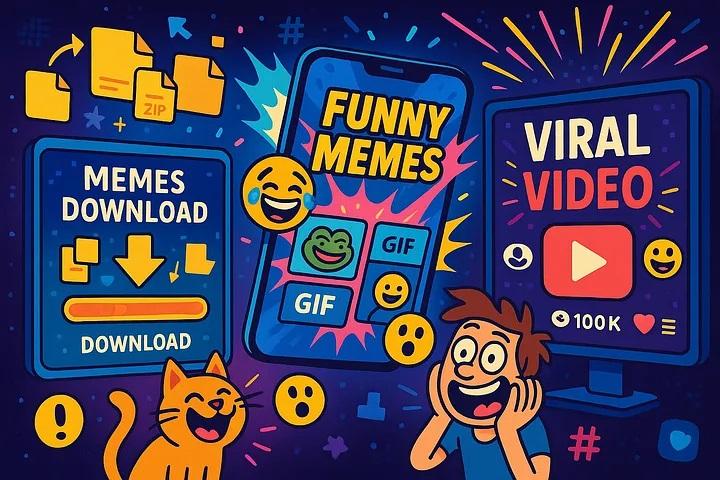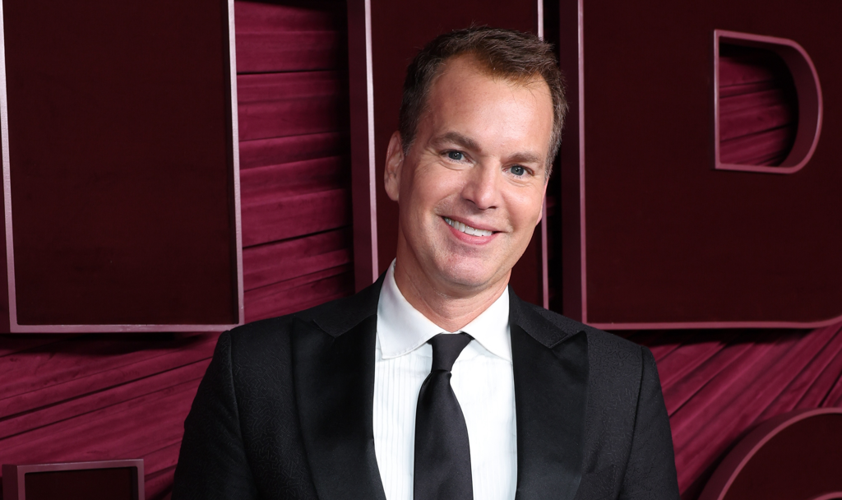In the fast-paced digital world, the term “viral video” has become a common part of our online vocabulary. Whether it's a hilarious pet clip, a heartwarming reunion, a dramatic fail, or a powerful social message, a viral video can reach millions of people within hours. But what exactly makes a video go viral, and why do they have such a profound impact on individuals and society?
What is a Viral Video?
A viral video is any piece of video content that gains massive popularity through rapid sharing across the internet, particularly on social media platforms like YouTube, Facebook, Instagram, TikTok, and X (formerly Twitter). It often spreads organically—without paid promotion—thanks to likes, comments, shares, and re-posts from viewers who connect emotionally or find it extremely entertaining or informative.
The Science Behind Virality
While there's no exact formula for creating a viral video, certain characteristics increase the chances:
-
Emotional Appeal: Videos that evoke strong emotions—laughter, awe, anger, or empathy—are more likely to be shared.
-
Relatability: Content that reflects everyday experiences or human nature resonates widely.
-
Brevity: Shorter videos (under 2 minutes) often perform better because they cater to short attention spans.
-
Unexpected Twist: Surprising or shocking elements can boost replay value and discussion.
-
Timeliness: Content aligned with trending topics or current events captures more attention.
Examples of Viral Videos
Over the years, we’ve seen countless videos take the internet by storm. Remember the “Charlie Bit My Finger” clip? Or the “Ice Bucket Challenge” that raised awareness and funds for ALS? More recently, TikTok dances like “Renegade” or clips like “Corn Kid” dominated our feeds. These videos didn’t just entertain—they sparked conversations, inspired memes, and in some cases, drove social or charitable movements.
Social Media: The Driving Force
Social media platforms play a crucial role in propelling a video to viral status. With billions of users online at any given time, the potential reach is enormous. Algorithms also contribute significantly—platforms prioritize content that garners quick engagement. Once a video starts trending, it’s likely to be boosted further, creating a snowball effect.
In fact, virality can happen accidentally. A simple, unedited clip captured on a smartphone can outperform a highly-produced video if it hits the right emotional notes. This democratizes content creation, giving anyone with a camera and internet connection a shot at internet fame.
Psychological Impact of Viral Videos
Viral videos have psychological effects, both positive and negative. On one hand, they can create a sense of community, joy, and connectedness. On the other, they can spread misinformation, perpetuate harmful stereotypes, or trigger emotional distress.
For content creators, the desire to go viral can be addictive, leading to pressure, burnout, or even unethical behavior to chase likes and shares. Moreover, individuals featured in viral videos—especially those who didn’t intend to become famous—often struggle with sudden public exposure.
Business and Marketing Opportunities
Brands have also recognized the power of viral videos. Viral marketing campaigns, influencer collaborations, and user-generated content are now central to many digital marketing strategies. When executed correctly, a viral video can drastically boost brand awareness, customer engagement, and sales.
Some companies even engineer campaigns with virality in mind—carefully crafted humor, touching narratives, or clever twists can make their ads shareable and memorable.
Conclusion
The viral video phenomenon reflects the way we consume and communicate information in the digital age. It’s a tool for entertainment, awareness, activism, and branding. While it may seem random, the elements that drive virality are rooted in human psychology and social behavior. Whether you’re a creator, marketer, or everyday viewer, viral videos are a powerful reminder of the internet's influence and reach.
As technology evolves, so will the nature of viral content—but the emotional connection and rapid sharing will always remain at the heart of it.




